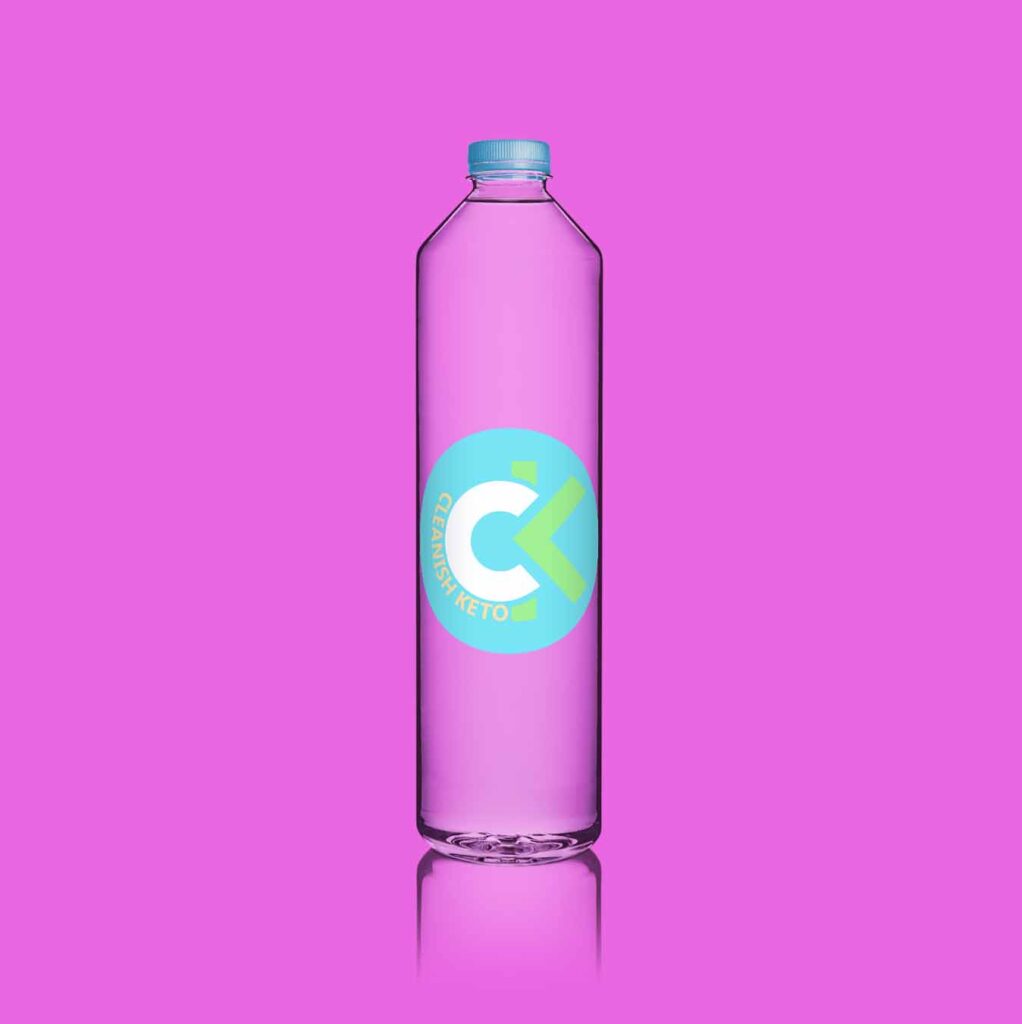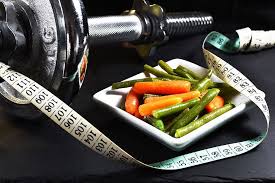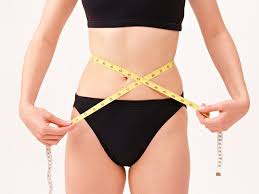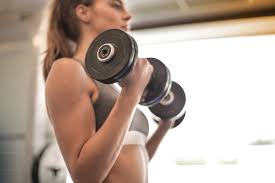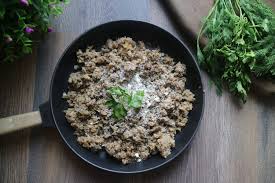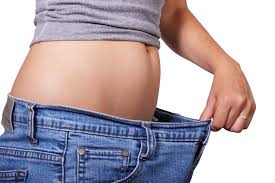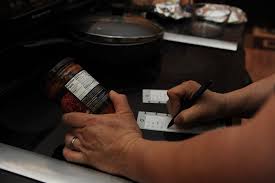The ketogenic diet is a high fat, moderate protein, low carbohydrate diet. Once your body reaches a state of ketosis it is now burning fat for fuel rather than glycogen (which comes from carbohydrates). The excess fat stores within your body are utilized as energy causing you to lose weight. At first the thought of replacing your body’s fuel source may seem like a drastic measure to take in order to lose weight. It’s also a bit daunting when you start to think about which foods contain high carbohydrates. It’s easy to become unsettled by the idea of eliminating all the comfort foods we have grown to rely on in our everyday diets. It’s no wonder that there are so many people questioning whether keto is worth trying.
When done correctly, the keto diet is is full of whole foods that are far more nutrient dense than the average person’s diet, which usually contains an abundance of highly processed food.
For many people the keto diet can be beneficial to try for a short term to see how their body reacts. If after a few weeks you feel great then continue on. But if after a few weeks you don’t feel it’s fpr you then try out something that better suits you. Keto advocates will tell you without a doubt there is a long list of benefits. Keto skeptics will in turn give you a long list of risks. The reality is everyone adapts differently to a significant change in diet, regardless of what diet you are trying and the keto diet is no exception.
If you look closer at the list of benefits from the advocates and the list of risks from the skeptics you’ll start to notice that those lists contain many of the same points. What appears to be an advantage or benefit for one person may be a risk or disadvantage for another. Here are some aspects of the ketogenic diet that can be pros for some and cons for others.
Digestive Problems
For years it has been recommended that people increase their fiber intake. Many people consume bars or drinks that contain added fiber to help their digestion. Switching to a ketogenic diet may have an adverse effect on one’s digestive system. If your body is used to an abundance of fiber rich food it may react negatively to the decrease in fiber by causing constipation, diarrhea, or other digestive problems.
The increase in fat may also create the same unwanted digestive issues, especially for people who don’t have a gallbladder or who have other pre-existing digestive health issues. If you find that the fat is causing digestive stress it may be that your body needs some additional time to adjust. Try easing your way into the higher fat intake by gradually increasing your fat levels over the course of several weeks.
As someone who has always had a very sensitive stomach I can tell you that changing to a keto diet has significantly improved my digestive troubles. I had a long list of foods that gave me an upset stomach and now following the keto diet I have less than a handful of items that I know are going to cause me issues.
While my body has become more accepting of healthier foods I used to have trouble eating. I also noticed it has become far more intolerant of junk food. I feel terrible if I eat a takeout meal that has been prepared with low quality oils even if it meets the low carb requirements. It seems my body has grown wiser from this keto process and has learned it doesn’t need to tolerate the garbage that I used to eat.
High Intensity Athletes
The ketogenic diet has become a highly controversial topic among many fitness communities, especially those in high intensity activities. Some fitness gurus will tell you that ketosis has given them more stamina, increasing their intensity and/or lengths of workouts. Others firmly believe that the very best fuel source for our bodies is glycogen (carbohydrates) and high intensity athletes should eat up to 40% or more of their daily calories from carbohydrates to reach peak performance. The reality remains the same, everyone’s body reacts differently, including athletes. Some athletes perform exponentially better on a ketogenic diet while others see their performance decline.
If you are an athlete or someone who enjoys exercising multiple times a week and you’re thinking about starting a ketogenic diet it is essential to listen to your body and give it time to adjust. If you’re just starting on a keto diet lower the intensity and frequency of your training while your body is adapting and then ease back into your normal routine. You may find that you are unable to achieve the same results or you may find that you exceed them!
Highly Structured
The “proper” macronutrient ratios for a ketogenic diet are 75% fat, 15-20% protein and 5-10% carbohydrates. It is a completely different way of eating than most people have become accustomed to. There is an adjustment period in the beginning for not only your body but your mind. If you have tried many different diets in the past you may be mentally prepared for having to track and be conscience of everything that you’re eating. If you’ve never dieted at all this can initially be either completely overwhelming or a fun self-challenging numbers game.
As you continue to track what you are eating and become more familiar with the macronutrient contents and the portion sizes a couple of things will happen. First you’re going to become more familiar with ingredients and macronutrients. This is going to make tracking easier and quicker the longer you continue. Second, you’re going to either learn to love tracking your food or hate it. Some people, myself included, find that tracking becomes a personal challenge. You’re always trying to improve on either your ratios, your calories, your ingredients or your recipes. This structured and challenging game keeps me motivated to continuously improve myself. I find it fascinating to see how certain aspects of my diet effect my body. It’s like a science experiment that only you can conduct because your body and the way it reacts and adapts is completely unique.
There are people at the opposite end of the spectrum who absolutely hate tracking their food. They may find it takes too much time, they don’t enjoy having to scrutinize each thing they ingest, they aren’t good at adding up the numbers, or they get incredibly discouraged any time they don’t have a successful day. If you enjoy tracking your meals it is going to be worth trying keto. If you think tracking will be more of a struggle for you then it will take a bit of experimenting to figure out if keto is right for you. While it’s possible to successfully reach ketosis without tracking your macronutrients it’s far easier to succeed by tracking what you eat, especially when you’re just starting out.
More Whole Foods
At first the thought of enjoying more whole foods and less processed food could only seem like a benefit right? Well of course eating more whole foods and less junk is going to be healthier for anyone. For almost anyone concerned with their health it is going to be one of their main goals. But when you start getting into the everyday realities of how this effects your busy lifestyle it might start looking like a disadvantage for some people. This “benefit” can quickly become the main reason people give up on a keto diet.
It’s easy to entice people into a diet full of vitamin and nutrient rich food that is always prepared at home. It’s how most of us wish we lived our lives because we know it’s the best option for our’s and our family’s health. Unfortunately the busy life that most families have created for themselves usually doesn’t leave time for hours spent preparing meals each week.
It’s so convenient to just grab a pizza on the way home after a long day at work or quickly roll up to your favourite drive thru window to snack on a burger on the way to kids swimming lessons. These conveniences are loaded with carbs and the places that sell them usually don’t have very good low carb options, if any at all. It may seem simple when you first start to bring your bag of pork rinds and grab a black coffee while you order your children nuggets and fries. This self control may slowly dwindle over time and you find yourself sneaking a few bag fries here and there. Then you gradually increase your small slip-ups and before you know it you’re back to eating an entire burger and fries.
If you’re living a busy life it takes a bit of extra thought and planning to make keto a sustainable option. This doesn’t necessarily mean you need to spend a lot of additional time to stick to it. It just means you need to be honest with yourself and have realistic expectations and goals set for yourself and your family. You may need to cancel your drive thru trips and have your kids pack a couple sandwiches for themselves to take on the road rather than tempting yourself with the smell of french fries each week. Maybe you decide to have a cheat day once a month. This way when you do have a craving you can remind yourself that there’s only x number of days until you can decide to eat that item and happily go back to your zero carb snack. Your diet is ultimately just that, it’s yours. Rather than being constantly miserable (which is only setting you up for failure) make decisions based on what works best for you. If you’d like some more ideas on how you can make your keto diet more sustainable check out one of Cleanish Keto’s previous blogs here.
So is Keto Worth Trying?
With any diet it’s always important to do your own research, consult your doctor if you have a pre-existing health condition and pay close attention to how your body reacts when changing your eating habits. There are a long list of benefits and risks to consider before starting any diet. With keto many of these items can be added to either list as each individual has unique ways of adapting to changes in their diet. If you decide to try it out always be mindful of what your body is telling you and don’t be afraid to customize your choices to suit your needs. It’s better to make slight improvements to your health rather than no improvement at all.
